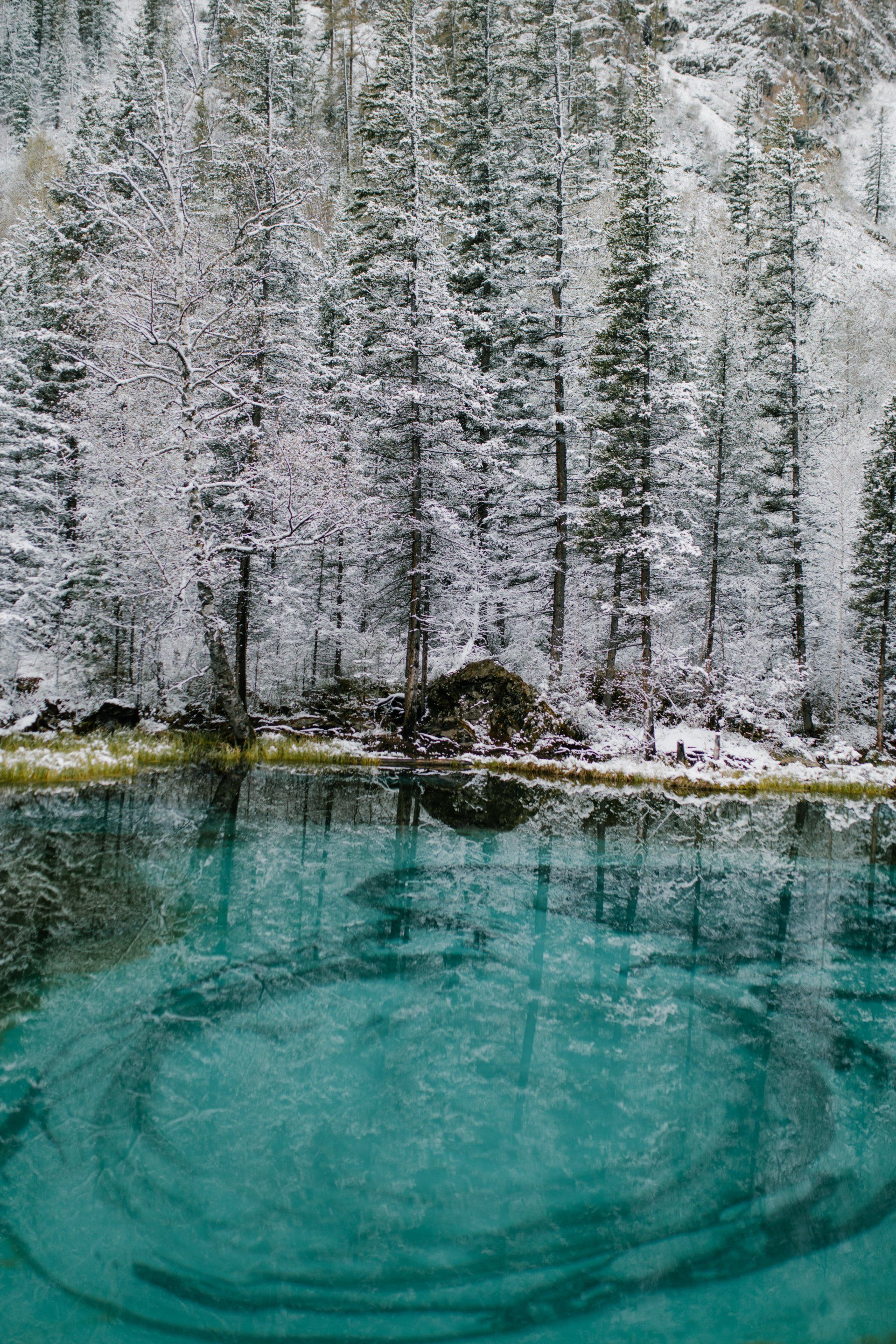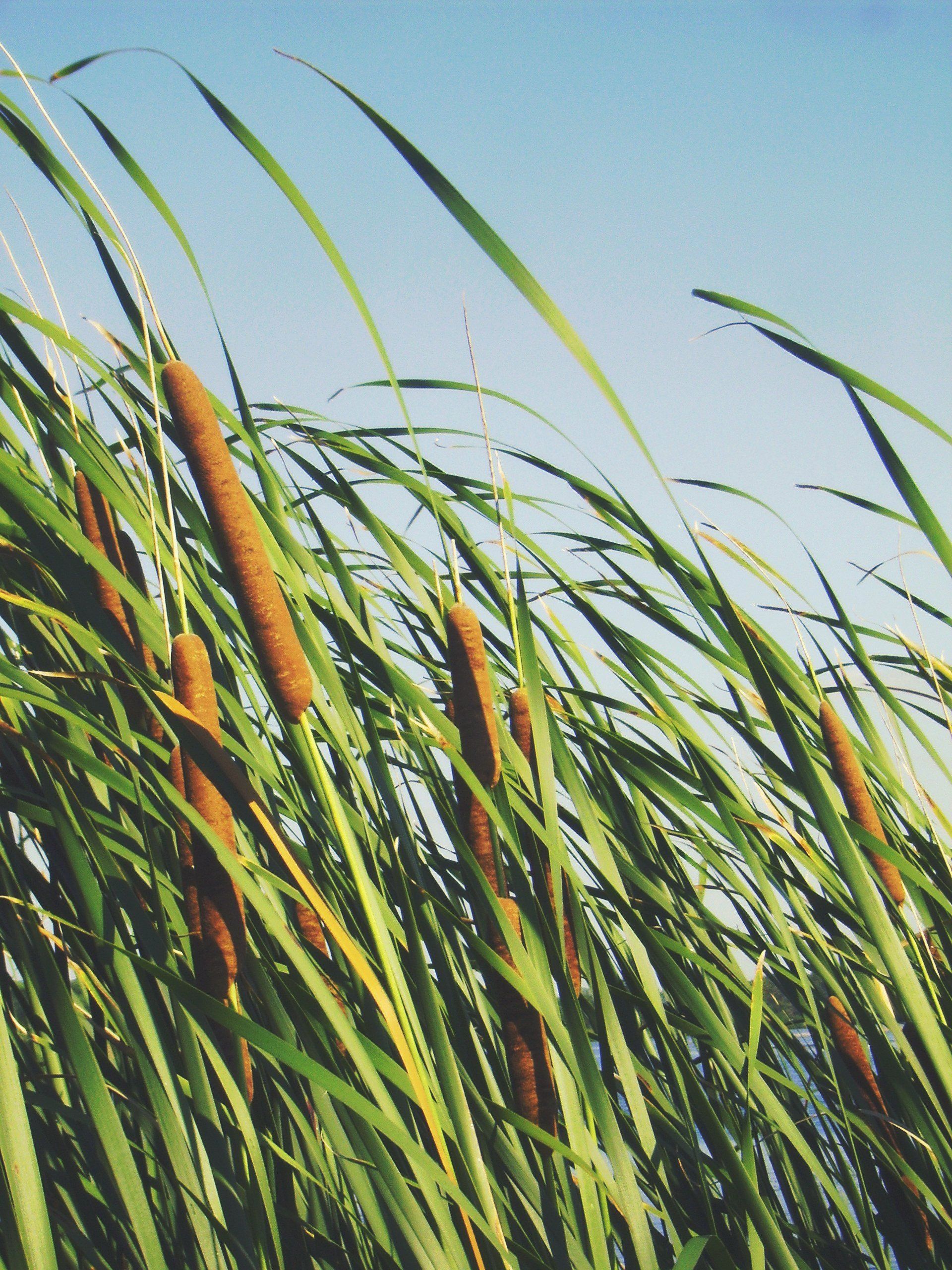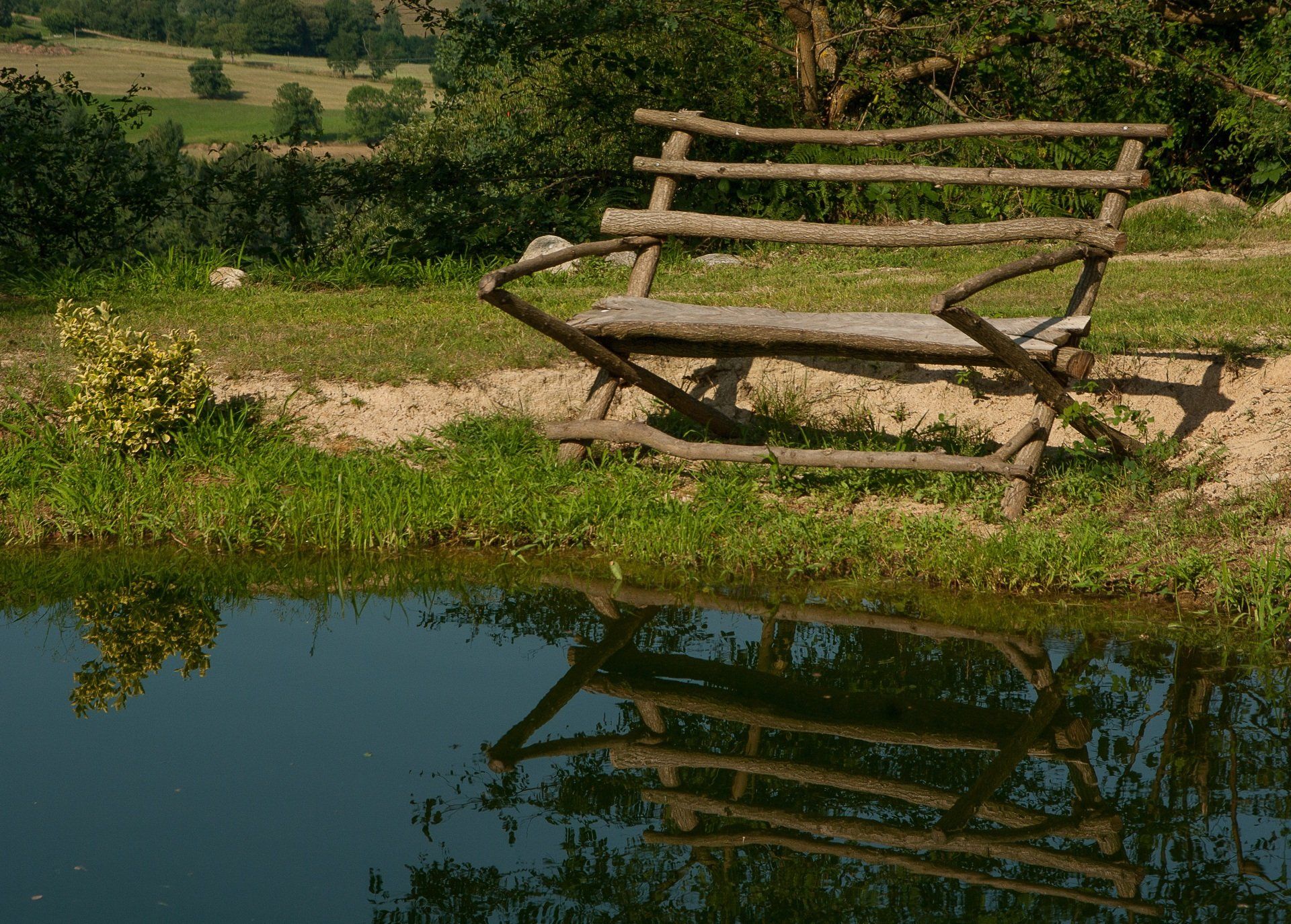Why Western NY Is Perfect for Ponds

Embracing the picturesque landscapes and diverse geological features, Western New York stands out as an ideal region for healthy recreational and agricultural ponds. Nestled amid rolling hills and blessed with natural wonders, this area offers a perfect balance of soil compositions, abundant water resources, and climate, creating an environment conducive to pond development and sustenance. In this article, we will explore the unique geological features that contribute to the vitality of recreational and agricultural ponds in Western New York.
Glacial Heritage:
Western New York owes much of its geological charm to the profound impact of glaciation during the last ice age. The region is part of the Great Lakes Lowlands, a result of massive glaciers that carved out the land thousands of years ago. The retreating glaciers left behind a diverse array of landforms, including drumlins, moraines, and kettle lakes. These glacial features contribute to the varying topography, creating the perfect canvas for ponds to thrive.
Abundance of Aquifers and Springs:
Western New York is blessed with an extensive network of aquifers, which are underground layers of water-bearing rock or sand. These aquifers serve as natural reservoirs, supplying a steady flow of freshwater to support ponds and lakes. Additionally, numerous natural springs dot the landscape, adding to the water sources available for pond development. The abundance of water ensures that ponds have a reliable supply, essential for sustaining aquatic life and maintaining water levels throughout the year.
Soil Composition and Drainage:
The region's soil composition plays a vital role in pond health and productivity. Rich loamy soils, commonly found in Western New York, have excellent water retention capabilities, providing a solid foundation for pond construction and maintenance. Furthermore, proper soil drainage ensures that excess water flows away from the pond, preventing potential flooding and waterlogging issues. The balanced soil characteristics facilitate healthy aquatic ecosystems, as well as creating fertile ground for agricultural activities.
Seasonal Climate:
Western New York experiences four distinct seasons, each contributing to the overall health and functionality of recreational and agricultural ponds. The region enjoys warm summers and chilly winters, providing opportunities for various recreational activities, such as fishing, boating, and ice skating. The seasonal shifts also influence the biological cycles of aquatic plants and animals, ensuring a diverse and resilient pond ecosystem.
Biodiversity and Ecosystem Services:
The unique geological features of Western New York have fostered a rich biodiversity, both on land and in the water. Diverse habitats support a wide range of plant and animal species, making recreational ponds attractive for nature enthusiasts and wildlife enthusiasts alike. Additionally, the interconnected ecosystems play a crucial role in providing ecosystem services, such as water purification, flood control, and wildlife habitat, which are essential for healthy agricultural practices and overall environmental balance.
Human Interaction and Management:
The people of Western New York have historically recognized the value of ponds for recreation and agriculture. With a strong cultural appreciation for outdoor activities, many landowners actively invest in the creation and maintenance of ponds for aesthetic and practical purposes. The proactive approach to pond management, along with the utilization of modern pond technologies, ensures that these water bodies remain vibrant, sustainable, and attractive for a variety of uses.
Western New York's unique geological features create a favorable environment for the development and sustenance of healthy recreational and agricultural ponds. The glacial heritage, abundant aquifers and springs, balanced soil composition, and seasonal climate contribute to the region's allure, providing ample opportunities for various water-based activities and fostering diverse ecosystems. As the region continues to cherish its natural wonders and promote responsible pond management, the allure of Western New York's ponds will remain, drawing both locals and visitors to experience the beauty and serenity they offer.







